ISSN ONLINE(2319-8753)PRINT(2347-6710)
ISSN ONLINE(2319-8753)PRINT(2347-6710)
R. Karthick1, Dr. Malathi.A2
|
| Related article at Pubmed, Scholar Google |
Visit for more related articles at International Journal of Innovative Research in Science, Engineering and Technology
Evolutionary Algorithms are based on some influential principles like Survival of the Fittest and with some natural phenomena in Genetic Inheritance. The key for searching the solution in improved function optimization problems are based only on Selection and Mutation operators. In this paper a Selection algorithm for data set is chosen so as to identify the survival of the fittest and also the simple K means clustering algorithm is analyzed on different data sets to check for the performance of the K – means on different data set which gives best accuracy to identify the best solution.
Keywords |
| Evolutionary Programming, Function Optimization, Genetic Algorithm K-means clustering |
INTRODUCTION |
| Inspired by Darwinian principles of evolution and natural selection, a significant amount of computational models and methods have been studied under the umbrella of evolutionary computation[1] The evolutionary algorithm is a population based algorithm. To solve the function optimization or parameter optimization problems the Evolutionary strategies are used. The evolutionary algorithm uses the selections schemes to focus the selection of higher or best fitness from the population. For standard selection schemes this is controlled by appropriately setting the parameters that govern the selection pressure on the individuals [2]. The major steps followed in calculating the fitness are i) Mutation operation is performed in current population ii) Identification of Individual selection for the next generation. The survival of the fittest among the natural populations is based on natural selection strategies. By mimicking this process, evolutionary algorithm are able to „evolveâÃâ¬ÃŸ solutions to real world problems, if they have been suitable encoded. The Evolutionary algorithms have been applied to solve some practical problems like global optimization, machine learning. The offspring are produced based on the operations performed between two randomly generated populations. For calculating and choosing the best solutions among the populations, various selections like Tournament and Rank Based Selection Strategies are used. Individuals live one period (one generation), compete between themselves, and the better ones (Fitter for environments) are reproduced. Offsprings differ from the parents individuals because the genetic operators act during reproduction [4]. The K- means clustering algorithm is also taken here to compare the results of various data set for getting the best solution. This paper mainly focused on calculating the best solution among various two randomly generated populations and also the comparison of K-means clustering with various data set. |
EVOLUTIONARY PROGRAMMING STRATEGIES |
| Evolutionary Strategies were developed as a method to solve parameter optimization problems [5]. To aspire the evolution of artificial intelligence, the evolutionary programming had developed for the ability to predict the changes in the environment. The individuals undergoes a Gaussian distribution method of addition zero mean Gaussian variable of standard deviation. The Survival of the fittest from the parent and the offspring becomes the parent of next generation [6]. The next generations are called as offspring. The procreation of a population in the general computer programs are based Evolutionary programming techniques. GP has been mainly intended for discovering computer programs able to solve particular classes of optimization problems [7]. The evolutionary search algorithm is applied iteratively to arrive at a near optimum solution. [8]. In the Genetic algorithm the set of data (represented in numbers) called as “Chromosomes” and the elements in the data are called as “genes” The survival of the Fittest is identified by calculating the function. |
GENETIC ALGORITHM AND IT’S OPERATORS |
| The operation of GAs begins with a population of a random string representing design or decision variables. The population is then operated by three main operators; reproduction, crossover and mutation to create a new population of points [9]. To start with the function optimizations in the genetic algorithm we need to set the population in the encoded format and define it as members. Cross over and mutation, operators based on reproduction, are used to create the next generation.[10] For creating next generation, crossover plays a vital role here by combining the members in the current generated population. The mutation systematically changes elements of a solution from the current generation in order to create a member of the next generation [10]. To find the best solution or survival of the fittest, genetic algorithms uses the cross over and mutation and performs the operation. Genetic algorithms are well suited for searching complex, highly non-linear spaces because they avoid becoming trapped in a local minimum [11]. |
CLUSTERING |
| In this technique we split the data into various groups and it is termed as clusters. Each cluster contains the homogeneous data from other clusterâÃâ¬ÃŸs data [12]. Data Clustering refers to unsupervised learning technique, which offers refined and more abstract views to the inherent structure of a data set by partitioning it into a number of disjoint or overlapping groups [13]. |
K- MEANS CLUSTERING |
| K-Means is one of the simplest unsupervised learning algorithms to classify a given data set through a certain number of clusters fixed a priori [14]. The term “k-means” was first used by James MacQueen in 1967, though the idea goes back to 1957. The standard algorithm was first proposed byStuart Lloyd in 1957 as a technique of pulse-code modulation, though it wasnâÃâ¬ÃŸt published until 1982. K-means is a widely used partitional clustering method in the industries. the K-means algorithm is the most commonly used partitional clustering algorithm because it can be easily implemented as is the most efficient terms of the execution time [15]. |
PROBLEM DESCRIPTION AND RELATED WORK |
| The problem is that identifying the survival of the fittest (Best solution), from the randomly generated populations and also the breast cancer and diabetics data set is chosen and simple K means clustering algorithm is applied over it. An Experimental analysis report is compared for the above mentioned dataset with the K-means algorithm. In EP after identifying the best solution the tournament selection is applied to the new generations (offsprings) and the survival of the fittest is identified. The minimum best population is identified grouped in an order and at one stage there will be no changes in the offspring which is generated after the tournament selection. Various rules have been described to identify the offspring for the next generation. |
| • Rule 1: The newly generated individuals are given ranked according to the tournament operation which is applied. |
| • Rule 2: All the solutions are positioned at one location and one best solution is taken among them |
| • Rule 3: With a certain probability, collective solutions are taken for creating a subsequent selection. |
| • Rule 4 : By applying simple K means clustering algorithm is applied for the data sets a result analysis is studied and the best data set is chosen |
| • Rule 5: After choosing the data set which gives the best accuracy in K means again GA is applied. |
PROCESS INVOLVED IN EP |
| S1. Generate two populations randomly between some ranges for example 1* (1, 10) and 2* (1, 10) |
| S2. From the population generation calculate the fitness function based on our formulae |
| S3. Sort the population in decreasing order based on the fitness. |
| S4. Perform the operation till all the elements get sorted. |
| S5. Perform a pair wise tournament between the fitness values and replace the new fitness value with the old fitness values. |
| S6. Plot the graph based on the result which is generated. |
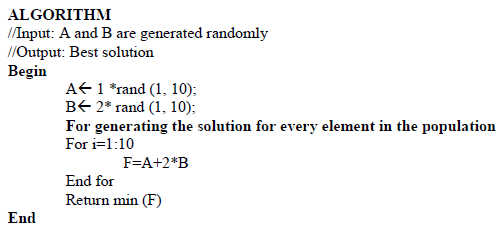 |
Genetic Algorithm Approach to FOP |
| Genetic Algorithm approach is engaged to optimally select the minimum best solution from the randomly generated population. To identify the global minimum search space the traditional genetic algorithms were used to explore the solutions. There are various ways in genetic algorithm to improve the performance of evolutionary programming. Here we follow Cross over and Mutation. The cross over encapsulates various elements in the current generation and creates an offspring (New Member). The mutation is nothing but sudden change in the element of the current population which is generated. Genetic algorithm are also well suited for searching complex, highly non-linear spaces because they avoid becoming trapped in a local minimum [11] In the evolutionary computation method, the fitness estimation is very much important, were the individual are considered as values and encodes only part of the solution. There are some basic outlines of genetic algorithm which are as follows |
| • Initialize the population |
| • Evaluating the fitness |
| • Creating a new population |
| • Selection |
| • Crossover |
| • Mutation |
| • Placing the new offspring which is generated |
| • Replacement by selection operations |
| • Testing |
| • Iterations for all populations. |
| The GAâÃâ¬ÃŸs are known as Search algorithms, which are based on the phenomenon of natural selection and natural genetics. From our problem, a certain population is chosen (coding format) and the candidate for the solution to the optimization problem. The first form is nothing but we need to generate the population randomly. From the randomly generated populations we need to generate the offspring. The offspring inherits the characteristics of parents from which they have generated. After all the offspringâÃâ¬ÃŸs are generated a tournament operations is performed between them so that the low fitness is replaced by the best fitness. |
Tournament Selection |
| The process involved in the tournament selection is as follows, |
| 1. Two solutions are taken randomly from the available population. |
| 2. Fitness is compared between the chosen populations |
| 3. Best fitness replaces the least fitness |
| 4. This determines the tournament selection selects the best individual in each tournament For example consider the below table1. |
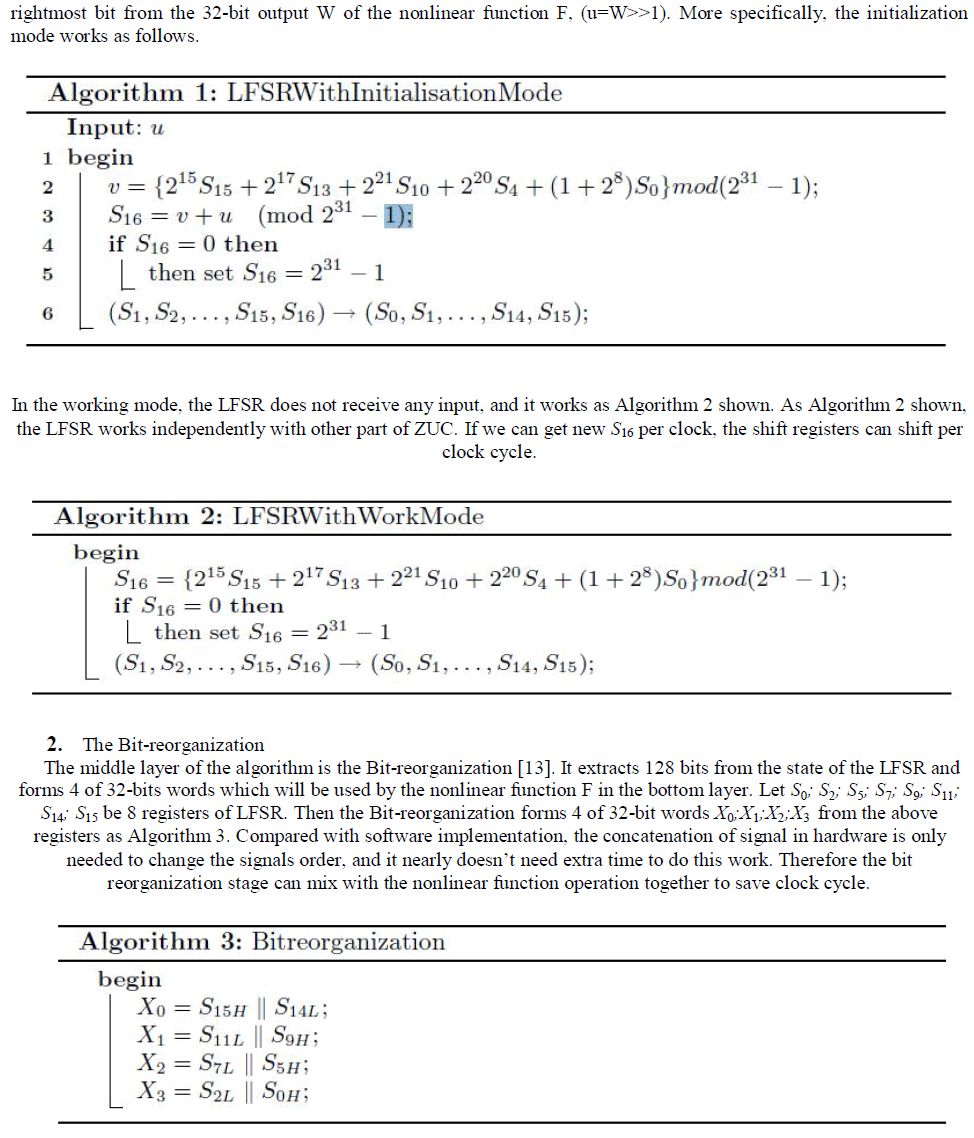 |
| From the above population chose two solutions randomly e.g. 10.719 and 12.1186. Here the best solution is 12.1186 it replaces the 10.2308 like this the iteration happens for all the individuals and best solution is found. The below figure shows the fitness value which is raised on the final stage after the tournament selection operation is applied over it. |
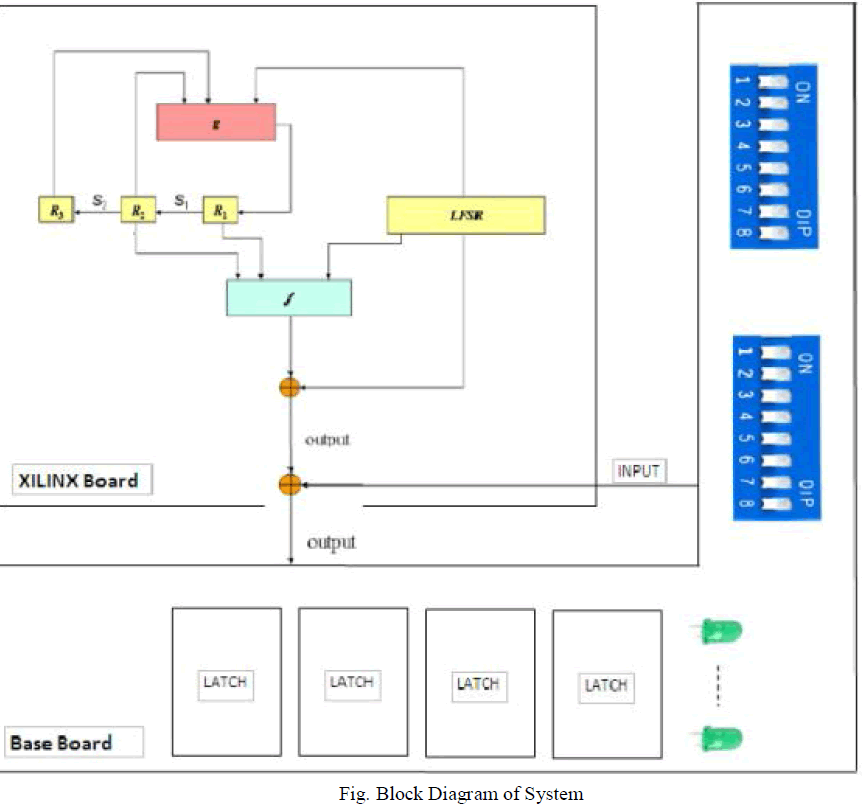 |
Crossover and Mutation |
| Here, we use 1 point crossover. The crossover is used to create a new offspring. From the two populations the two offspring is generated. The below table depicts this, |
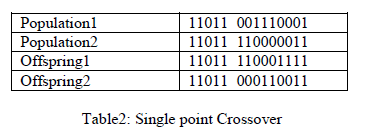 |
| After the operations which are performed in the crossover, the next step is we need to go for mutation. The mutation is nothing but sudden changes in the offspring. That is, in the binary encoding, the mutation occurs is the values of 0 changes to 1 and 1 changes to 0. |
 |
| The genetic algorithm cycle is depicted in the below figure. |
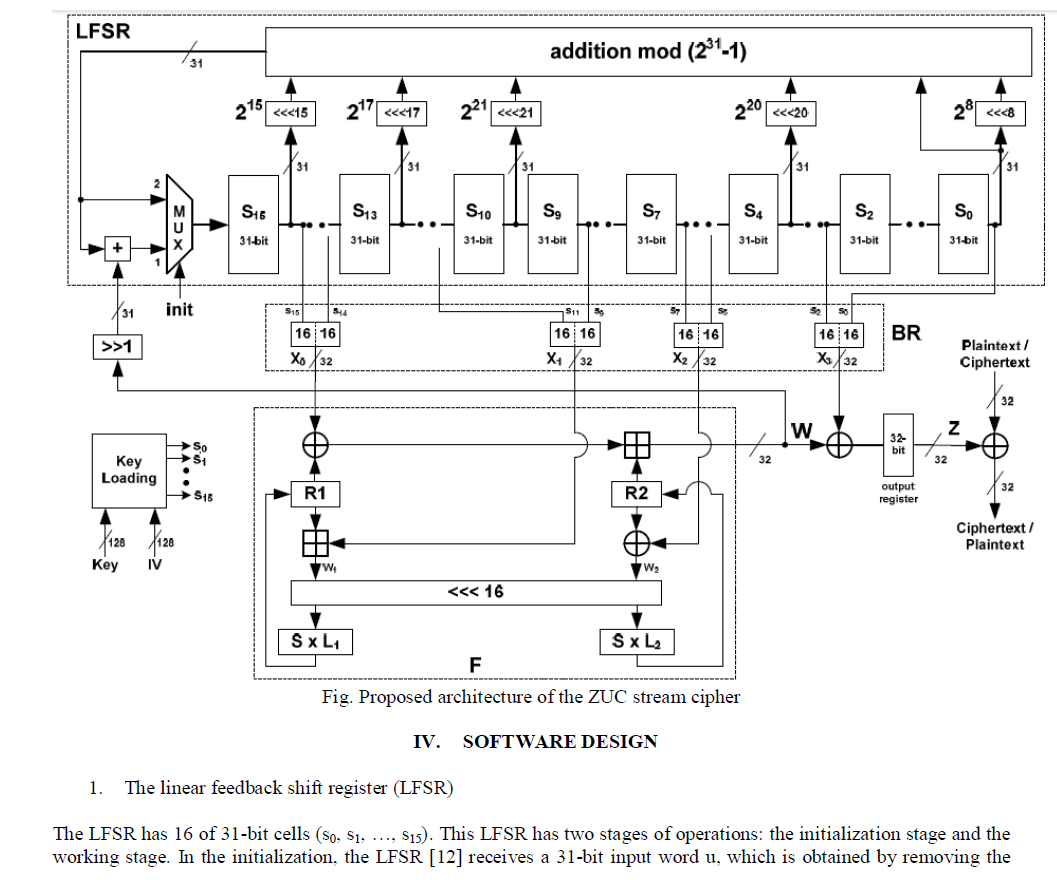 |
DATA SET |
| The data sets from UCI repository. Here WEKA 3.7 tool is used to perform the clustering analysis of K-means. Here the K-Means Clustering algorithm is compared with the dataset to find the performance of the IRIS-Fisher Dataset, Hospitality Data Set, Breast Cancer Dataset and Diabetics Data set. |
EXPRIEMENTAL PROCESS INVOLVED IN K-MEANS |
| Here various data sets which is specified above is taken and K-means clustering algorithm is applied over the data set to identify the Number of iterations and squared errors on each data set. The below table shows the number of attributes and instances of various data set which is chosen from UCI repository. |
 |
Experimental Results |
| The below table 5 shows the experimental results of various data set after the K- means clustering algorithm is applied. |
 |
| The data sets are clustered into 0 and 1 instances based on the number of attributes of each data set. The below table 6 depicts the number of 0 and 1 instances with accuracy percentage level. |
 |
| Here we used K-means clustering algorithm for various data set and the number of iterations and squared errors are compared and identified using Weka Tool. The below figure depicts the comparison of various data sets based on the instances and iterations |
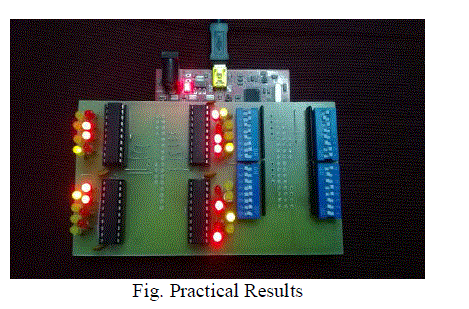 |
CONCLUSION AND FUTURE WORK |
| In this paper the K- Means clustering algorithm along with function optimization is analyzed for randomly generated population and various data sets. In the randomly generated population the fitness values is raised based on the selection operation. In the K- Means algorithm, various data set is given in which it provides high result over diabetes data set in which it provides minimum number of iterations and maximum accuracy of zero clustered instances with 99%. The algorithms which is presented in GA and steps involved in EP are very much help to solve the problem of function optimization. In future, the most convenient of this problem is we can extend the parameters which have been declared and the function can also be added with additional parameters. The same data set is chosen for comparison of various clustering algorithms. Finally we can conclude that, identifying the best solutions based on the survival of the fittest from various populations and K- Means clustering produces high results in diabetes data set over other data. |
References |
|